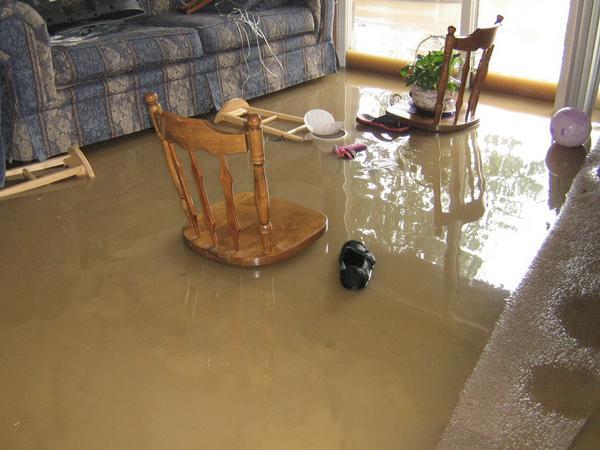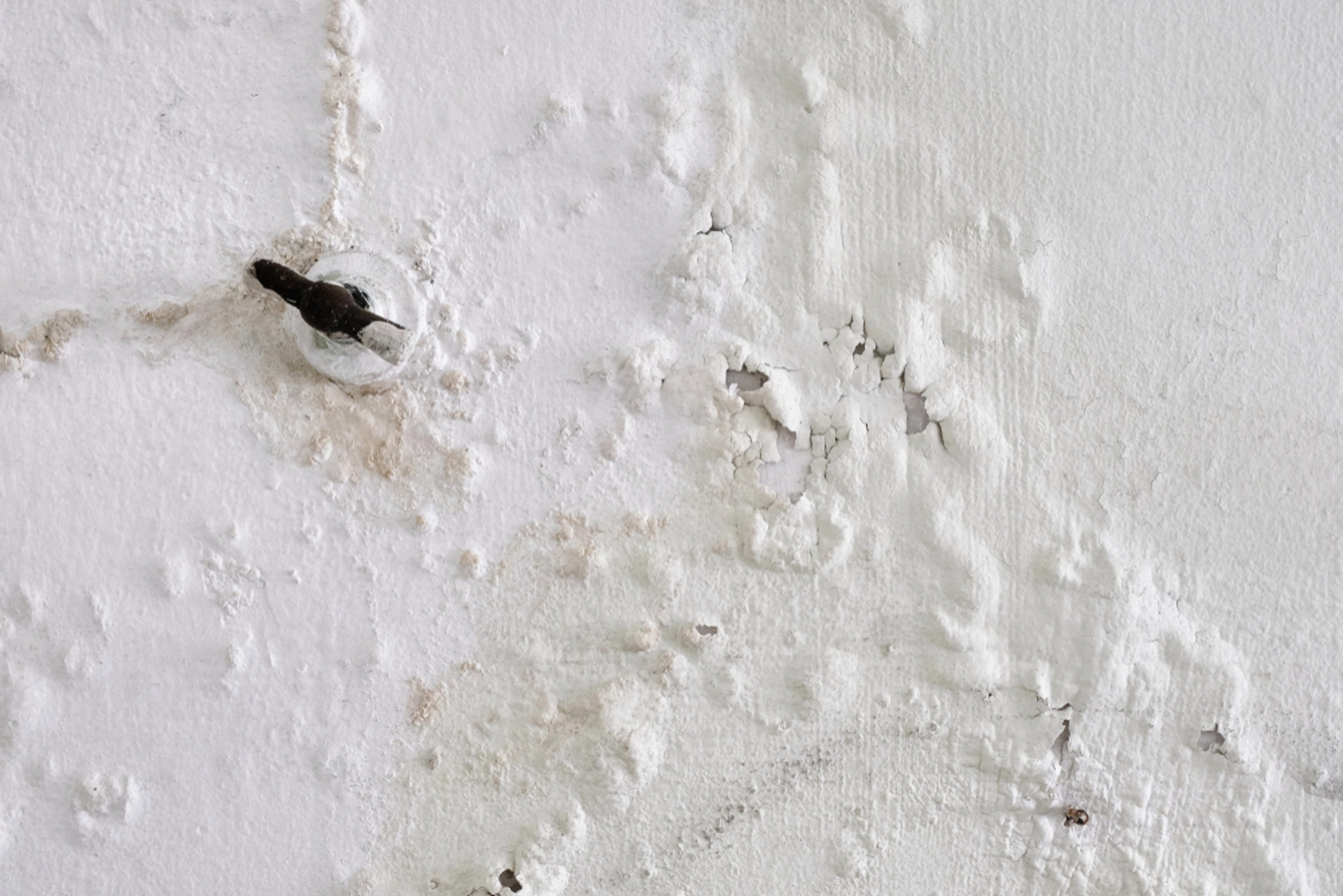The Refine of Water Damage Cleaning: Ensuring Your Home Is Brought Back Effectively
Water damage can be a daunting challenge for property owners, necessitating a precise and structured cleanup procedure to restore safety and security and functionality. Initially, a thorough assessment is essential to recognize the extent of the damage and figure out the ideal remediation procedures. Following this, efficient water extraction methods play an essential function in alleviating more injury. The nuances of drying out, disinfecting, and eventual remediation are similarly crucial and commonly neglected. Comprehending these phases can make a significant difference in the end result of your home's remediation, motivating a closer take a look at what each step involves.
Evaluating the Damage
Upon discovering water damage, the very first step is to extensively assess the degree of the effect. This initial evaluation is important, as it helps identify the necessary actions for effective cleaning and remediation. Begin by evaluating the impacted locations, including wall surfaces, ceilings, floors, and individual possessions, to recognize the source of the water breach, whether from flooding, leaks, or condensation.
Recording the damage is essential for both insurance cases and planning repair efforts - damage restoration services. Usage pictures and composed notes to capture the intensity of the damages, noting any type of damaged structural components and materials. Pay unique attention to areas that may not be immediately visible, such as behind wall surfaces and under rugs, as concealed wetness can lead to more problems, including mold and mildew growth
Additionally, examine the timeline of the water exposure. The longer the materials stay damp, the higher the potential for damages. Recognizing the duration of direct exposure will educate the seriousness of removal efforts. Eventually, a thorough evaluation lays the foundation for an effective water damages cleanup procedure, guaranteeing that all impacted areas are dealt with successfully and extensively.
Water Removal Methods

Specialists typically employ submersible pumps for larger volumes of water, which can quickly reduce flooding in basements or other affected areas. For smaller sized amounts, wet/dry vacuum cleaners are frequently made use of to remove residual wetness from rugs and difficult surface areas. In addition, using portable extractors allows for targeted elimination in constrained areas or locations with delicate products.
In circumstances of polluted water, such as sewer or floodwater, advanced removal methods may include the use of biohazard tools to guarantee safety and conformity with health and wellness policies. High-powered extraction devices are vital in lessening water retention in structural products, which can lead to mold and mildew growth and architectural degeneration if not resolved quickly.
Ultimately, the efficiency of water removal methods plays a crucial role in the general success of the water damages cleanup procedure, laying the groundwork for subsequent restoration efforts.
Drying and Dehumidification
As soon as standing water has been successfully removed, the next important phase in the water damage cleaning process is drying out and dehumidification. This step is crucial to stop additional damages and mold growth, which can happen within 24 to 2 days in damp settings.
To attain effective drying out, specialized tools such as industrial-grade air movers and dehumidifiers is used. Air movers distribute air throughout wet surfaces, improving evaporation prices, while dehumidifiers lower humidity degrees in the air, advertising a helpful setting for drying out. The mix of these tools makes sure that dampness is drawn out water damage pensacola from floorings, home furnishings, and walls, wikipedia reference allowing them to dry completely.
It is very important to keep track of the drying process closely. Professionals commonly make use of dampness meters to examine the moisture web content in various materials, ensuring that all impacted areas get to appropriate dryness levels. This meticulous strategy aids to avoid surprise wetness pockets that might result in structural damages or undesirable mold growth.

Cleaning and Sterilizing
After the drying and dehumidification phase is total, the next important action in water damages cleaning is cleansing and disinfecting the influenced locations. This procedure is essential to avoid the growth of mold, germs, and various other pathogens that prosper in wet settings.
The cleansing phase commonly entails eliminating any kind of particles, dust, and pollutants from surfaces utilizing specialized cleansing agents. For difficult surface areas, a combination of soap and water or business cleansing products is usually utilized. Soft products, such as furniture and carpets, might call for much more considerable cleaning techniques, consisting of steam cleansing or deep removal techniques, to make certain comprehensive hygiene.

Disinfecting follows cleaning, using EPA-approved anti-bacterials to remove harmful bacteria. This action is vital, specifically in areas that may have entered into contact with floodwaters or sewer, as these resources can position significant health dangers.
In addition, it is very important to attend to any kind of continuing to be odors, which may call for the usage of odor neutralizers or innovative methods like ozone treatment. Appropriate cleansing and sanitizing go to website not only restore the safety and hygiene of your home but also prepared for successful remediation and repair services in succeeding phases of the water damage clean-up process.
Remediation and Repair Services

Once the assessment is total, repair efforts can begin. Additionally, floor covering may need comparable focus, depending on the degree of water exposure.
It is critical to engage knowledgeable reconstruction professionals during this procedure, as they have the expertise to manage intricate repairs efficiently. In addition, they can aid mitigate prospective future problems, such as mold and mildew development or architectural instability, thus guaranteeing a habitable and secure living environment. Inevitably, effective remediation and fixings restore the home's stability and improve its total worth.
Conclusion
To conclude, the procedure of water damage cleanup is vital for bring back a home to its pre-damage problem. Each phase, from examining the damages to applying effective water extraction methods, adhered to by extensive drying, disinfecting, and necessary repairs, plays a vital role in making certain safety and security and conformity with structure criteria. Effective execution of these steps not only alleviates prompt damage but additionally improves the long-lasting stability and value of the residential property.
Water damages can be a daunting obstacle for property owners, necessitating a organized and precise cleaning process to recover security and capability. Inevitably, an extensive assessment lays the foundation for an effective water damage cleaning procedure, guaranteeing that all influenced areas are dealt with effectively and completely.
Reliable water removal techniques are necessary in mitigating damage and stopping more complications complying with a water invasion occasion.In verdict, the process of water damage clean-up is important for recovering a home to its pre-damage condition. Each phase, from analyzing the damage to carrying out reliable water removal techniques, followed by complete drying, disinfecting, and essential repairs, plays a vital function in making sure safety and security and conformity with structure standards.